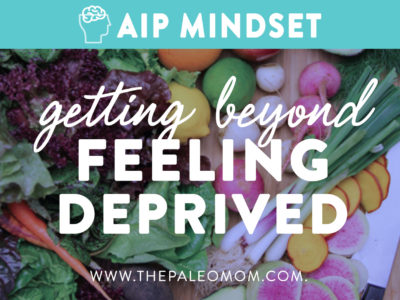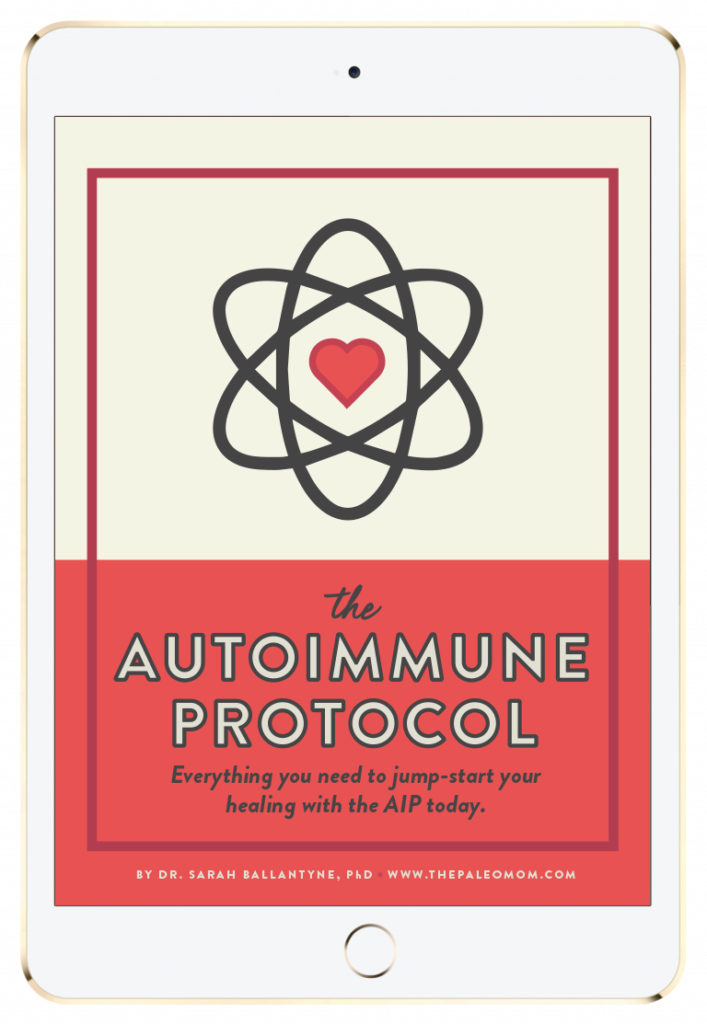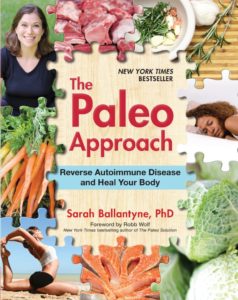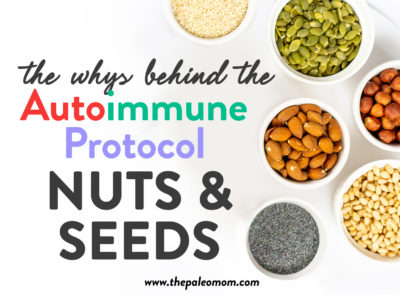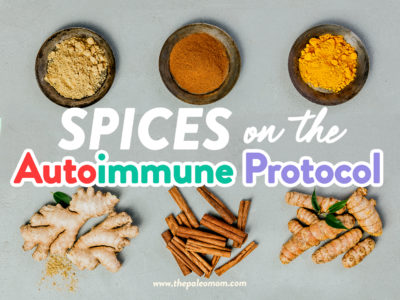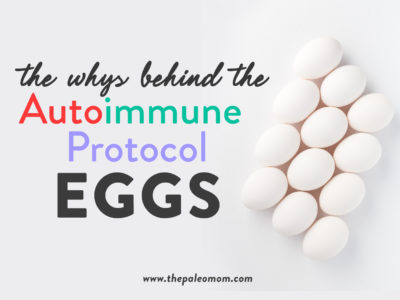This post is the first in a new series all about the mindset shifts that can help us heal on the AIP . I felt it was time to tackle mindset because I keep hearing one pervasive myth about this healing diet: that it’s too hard.
(see AIP Mindset: Putting Myself First, AIP Mindset: Cooking is Not a Burden and AIP Mindset: Optimism, Hope and Healing)
 Are there challenges associated with the Autoimmune Protocol? Sure! But I don’t think those challenges are any more challenging than following a standard Paleo, Primal, Vegan, Vegetarian, DASH, SCD, GAPS, Whole30 (you get the picture here) diet would be. They are simply different. Each of those approaches requires the follower to eat something other than the Standard American Diet, generally eschewing modern refined and processed foods. Each of them includes a list of approved and unapproved foods. And each of them likely requires some forethought when planning meals at home, at restaurants or on the road.
Are there challenges associated with the Autoimmune Protocol? Sure! But I don’t think those challenges are any more challenging than following a standard Paleo, Primal, Vegan, Vegetarian, DASH, SCD, GAPS, Whole30 (you get the picture here) diet would be. They are simply different. Each of those approaches requires the follower to eat something other than the Standard American Diet, generally eschewing modern refined and processed foods. Each of them includes a list of approved and unapproved foods. And each of them likely requires some forethought when planning meals at home, at restaurants or on the road.
When thinking about mindset and the AIP, I think it’s helpful to remember why we are following this path to begin with. The AIP is specifically designed to provide our bodies with only the most nourishing foods while eliminating potential immune triggers and calming inflammation. That means that with every AIP meal we eat, we’re giving our bodies important resources that can actually make us healthier at a cellular level. It’s designed to give our body the resources it needs to heal! (As an aside, the AIP focus on getting enough sleep, managing stress, and being active all provide the opportunity for our bodies to heal). I think this gives us a unique mental edge over other diets, because our “why?” is so simple: we want to heal.
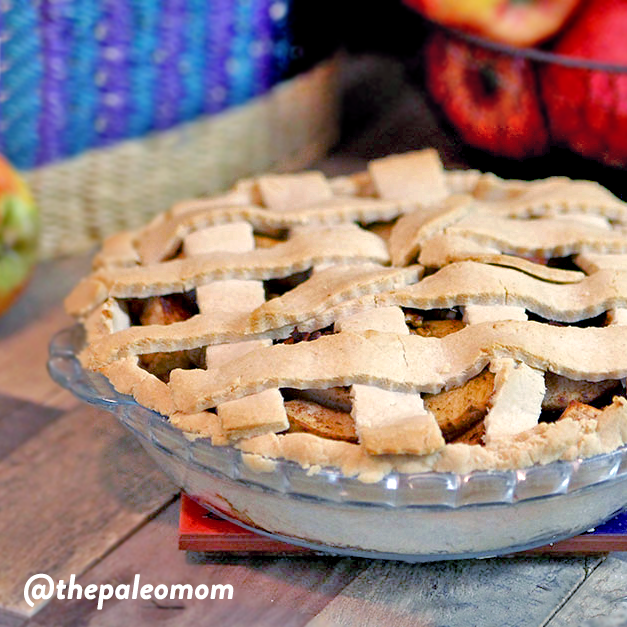
Since the AIP eliminates nuts and seeds, eggs, nightshades and all dairy along with other non-Paleo foods like grains, legumes, processed vegetable oils and sweeteners, it might at first make us feel deprived. I understand this! It’s hard to stop eating favorite foods, comforting staples, and go-to treats. Many of my best recipes have come from a desire to create an AIP version of a food I loved but no longer eat (see Apple Pie (Two Variations, AIP and Standard Paleo), Strawberry Rhubarb Cobbler, AIP Notato Salad and Thai Green Curry (AIP-Friendly!) to name a few!). But while creating AIP-friendly variations of favorites foods is a great strategy for someone who writes cookbooks, it might not work for all of us (some of these recipes took dozens of tries to get right). After all, there are some foods we simply cannot “AIP-ify.”
So where does that leave us? I believe AIP gives us a choice. We can choose to feel deprived, or we can view the elimination phase as an opportunity. It’s a chance to focus on only the most nourishing, healing, helpful foods in our current food system. It’s a chance to discover what food triggers contribute to our diseases and to take back control of our symptoms. It’s a time for trying new recipes, discovering new foods, and yes, maybe even recreating old favorites in a healthier way!
Getting past feelings of deprivation may be easier when we focus on these new, exciting parts of the AIP. What’s more, I find that many of us focus on what we must eliminate at the expense of what we get to add! Another often-overlooked portion of The Paleo Approach is the addition of many nutrient-dense foods you might or might not already be eating. These include:
- organ meat and offal
- fish and shellfish
- other quality meats
- vegetables of all kinds
- fruit (except nightshades)
- Green vegetables
- Colorful vegetables and fruit (red, purple, blue, yellow, orange, white)
- Cruciferous vegetables (broccoli, cabbage, kale, turnips, arugula, cauliflower, brussels sprouts, watercress, mustard greens, etc.)
- Sea vegetables (excluding algae like chlorella and spirulina which are immune stimulators)
- Edible Fungi, like mushrooms
- probiotic/fermented foods
- glycine-rich foods (anything with connective tissue, joints or skin, organ meat, and bone broth)
- healthy fats
- herbs and spices
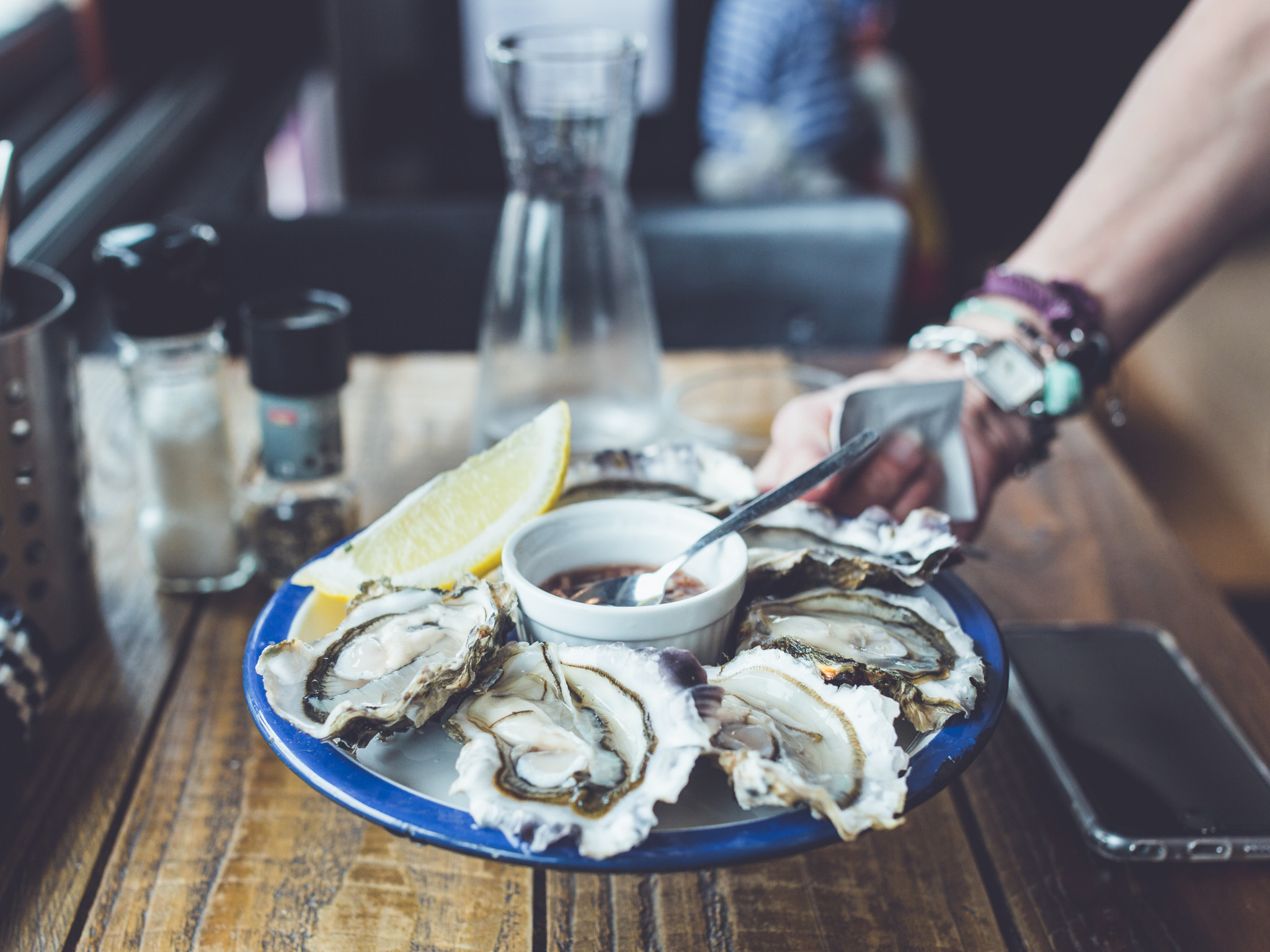 Some of these foods are unusual, some funky and yes, some are a lot of fun! This may sound patronizing, but I often encourage my children to try a new food because they’ll never know whether or not it’s their favorite food if they don’t try it. That’s a rule I live by myself. And when it comes to some of the nutrient superstar foods that are also a bit harder to wrap our brains around (like liver, oysters, and kale), we can make fitting them into our weekly meal plan into an exciting challenge. Trying new recipes that include these super foods is a worthy experiment, and one that might bring some joy to your kitchen. And remember, it’s okay to hide organ meat from yourself! Plenty of my recipes are designed to do just that (see 50/50/50 Burgers and 3 Painless Ways to Eat Your Liver). What’s more, I find that the addition of these foods is just as important (if not more important, see “Making Healthy Choices: What’s Your Currency?“) as the foods we eliminate. That’s because they fill an important nutritional void those of use with autoimmune disease often experience.
Some of these foods are unusual, some funky and yes, some are a lot of fun! This may sound patronizing, but I often encourage my children to try a new food because they’ll never know whether or not it’s their favorite food if they don’t try it. That’s a rule I live by myself. And when it comes to some of the nutrient superstar foods that are also a bit harder to wrap our brains around (like liver, oysters, and kale), we can make fitting them into our weekly meal plan into an exciting challenge. Trying new recipes that include these super foods is a worthy experiment, and one that might bring some joy to your kitchen. And remember, it’s okay to hide organ meat from yourself! Plenty of my recipes are designed to do just that (see 50/50/50 Burgers and 3 Painless Ways to Eat Your Liver). What’s more, I find that the addition of these foods is just as important (if not more important, see “Making Healthy Choices: What’s Your Currency?“) as the foods we eliminate. That’s because they fill an important nutritional void those of use with autoimmune disease often experience.
When I hear from people on the elimination phase of the protocol who say they aren’t experiencing relief, I always ask if they’re including the nutrient powerhouse foods (especially organ meats, seafood and plenty of veggies) in their diet. It almost always makes a noticeable difference in their health!
Another way to get beyond the feeling of deprivation is to focus on what foods we already love that are easy to make AIP. Yo, steak and bacon are totally AIP! (Here’s a tip: truffle salt makes a rockin’ awesome steak seasoning!). Love roast chicken? That’s easy to make AIP! You can make awesome dinner salads, roast veggies, and root veggie mash all AIP easily!! And fruit is AIP, and sweet potatoes, and plantains, and cassava (and if you haven’t tried some of the more unusual root veggies yet, you’re missing out! see 5 Weird Root Vegetables Everyone Needs to Try). And there’s tons of great new products out there that fill the void left behind by some eliminated foods (like sweet potato chips, plantain chips, cassava chips, Tigernuts, POTG delivered AIP meals, Power Balls and Sweet Apricity caramels). Not to mention all of the amazing recipes available by the community of AIP bloggers out there (see AIP Community for a great list of AIP resources!). When you incorporate more of the foods you already love that are AIP (or easily made AIP with a small adjustment), then it’s harder to miss those foods that no longer make your usual rotation.
Save 70% Off the AIP Lecture Series!
Learn everything you need to know about the Autoimmune Protocol to regain your health!
I am loving this AIP course and all the information I am receiving. The amount of work you have put into this is amazing and greatly, GREATLY, appreciated. Thank you so much. Taking this course gives me the knowledge I need to understand why my body is doing what it is doing and reinforces my determination to continue along this dietary path to heal it. Invaluable!
Carmen Maier
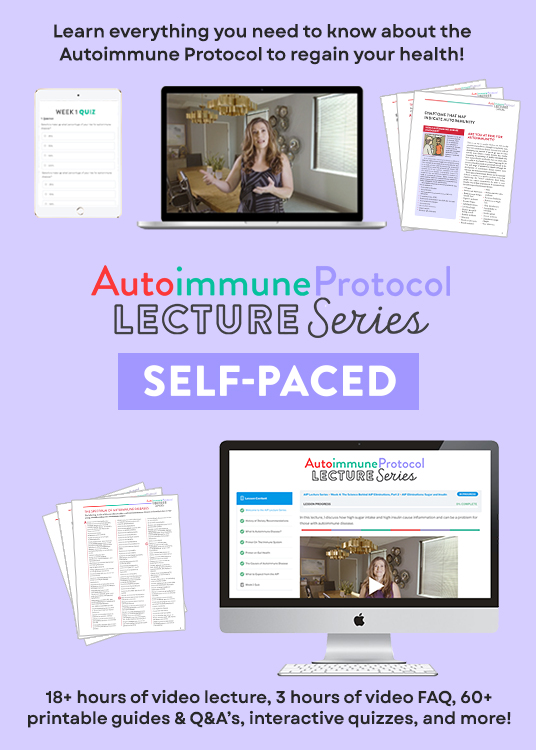
So yes, the AIP does include restrictions the rest of the world might not follow. It can require diligence and commitment to follow. But it affords us an amazing opportunity to take control of our health, and that’s something I see as a privilege, rather than a burden. I hope you can shift your mindset to see it that way too!

